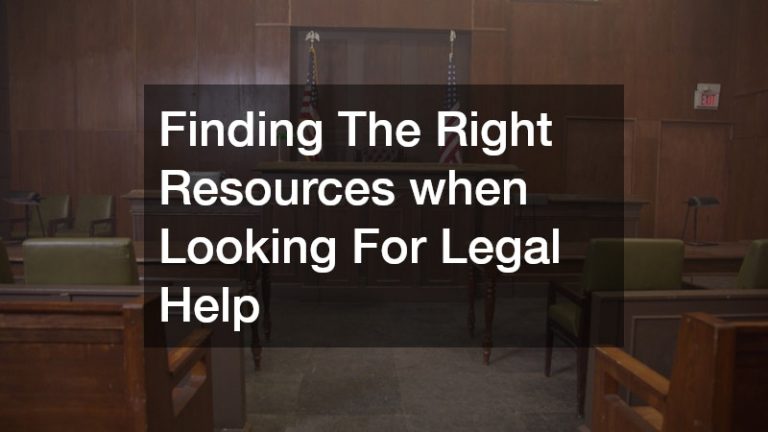Before the pandemic, sustainability was a common thrust among businesses to do their part in preserving the natural environment and gaining the trust of increasingly demanding consumers. In 2019, two-thirds of US companies claimed that their customers want them to obtain their electricity from renewable sources. In response, about 72% actively publicize that they’re sourcing renewables. It’s not just energy; businesses also focus on sustainable packaging, initiatives to reduce waste, and responsible waste disposal. Sustainability was the next big thing.
However, the COVID-19 pandemic disrupted that. Sustainable initiatives seemed to take a backseat to following hygienic protocols and maintaining profit margins that will keep the business afloat.
How Sustainable Practices Dipped
In many cities, sustainable practices had to be sacrificed in the name of contamination measures.
Food Packaging. For instance, Wuhan officials enforced tighter regulations in meat handling and distributions. Though plastic is known to be detrimental to the environment, it reduced the risk of contaminating the meat and spreading the virus. Meanwhile, the first few weeks of the outbreak in India led to the panic-stocking of packaged food items, which will increase the amount of single-use plastic waste.
Bring Your Own Containers. In Singapore, establishments withdrew their Bring Your Own Container (BYO) policies to reduce the risk of contaminated containers spreading infection. Single-use containers are less likely to pass the virus compared to personal cups and tumblers.
Increased Online Shopping. Lastly, all over the world, people relied on online shopping and delivery to reduce person-to-person contact, which further hurt sustainability efforts because of the amount of plastic packaging in each parcel.
Consumers, although aware that single-use plastic is harmful, readily accept this overnight change in priorities. If pre-COVID NPS feedback software shows that customers prefer the sustainable, current surveys show that they will patronize businesses that put their safety above all else.
However, experts say that although the pandemic took sustainability a few steps backward, it certainly opened doors for long-term sustainability goals.
The Silver Lining
Despite the increased plastic waste, there’s still a silver lining.
The Drop in Greenhouse Gas Emissions
As many climate change experts noticed, the quarantine curtailed vehicle traffic and air travel, which cut the greenhouse gas emissions and black clouds of smog dramatically. In fact, Marshall Burke, an assistant professor at Stanford University’s Department of Earth System Science, says that between 50,000 and 75,000 people have been saved from dying prematurely due to the improved air quality.
The World Meteorological Organization even says that the pandemic will drive the biggest drop in carbon dioxide emissions since World War II. Carbon dioxide emissions are expected to drop by as much as 6% by the end of 2020. Meanwhile, satellite observations recorded a 10% to 30% drop in nitrogen dioxide levels (produced by vehicles and power plants) between January 1 and February 25.
A Reset for Businesses
Businesses claim that their sustainability plans remain essential as they transition to the post-COVID world.
Understandably, the hard-hit sectors would see their sustainability strategies slow down because their main focus is to recover from their losses. Meanwhile, companies that are still thriving, like finance companies, could use this time to focus on sustainability. Amazon, for instance, stated that despite the disruption in their operations, they are still committed to their net-zero carbon pledge.
Smart Mobility
To trigger a green recovery, communities should not return to the previous norm of traffic jams and the enormous amount of air pollution it produces.
As such, flexible working schemes should be maintained to reduce commuting. Communities should also focus on smart mobility, aiming to reduce individual carbon footprint by choosing green commuting options. This includes well-developed public transportation (which reduces the number of cars on the road), carpooling, and biking or walking to work programs. This would require biking and walking infrastructures, as well as renting schemes, safe locking stations, and recharging stations for e-bikes and e-scooters.

On top of that, sustainability must be incorporated into the overall COVID-19 recovery strategy of governments. Policy at the regional or state level would guide businesses into getting back on their feet without sacrificing sustainability efforts and lay the foundation for long-term, green recovery.
During the 2008 global recession, many projected that companies would drop their sustainability efforts in the name of survival. Such predictions, however, didn’t come to pass because companies still embraced environmentally friendly supply chains, production, and packaging. The same can be said of the COVID-19 pandemic. Although eco-friendliness took a backseat, it won’t last forever. Once businesses are back on their feet, sustainability will come back stronger than before.






